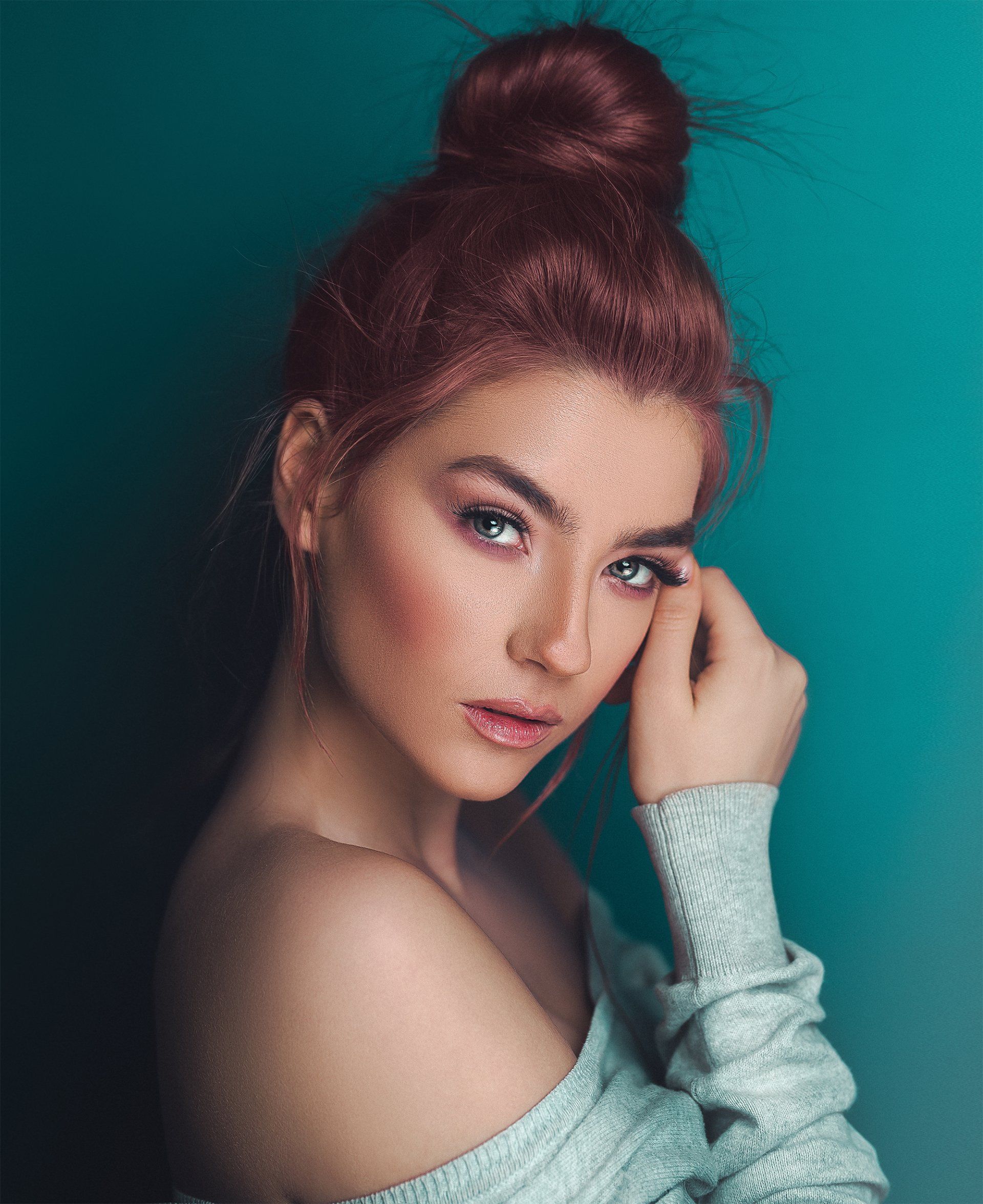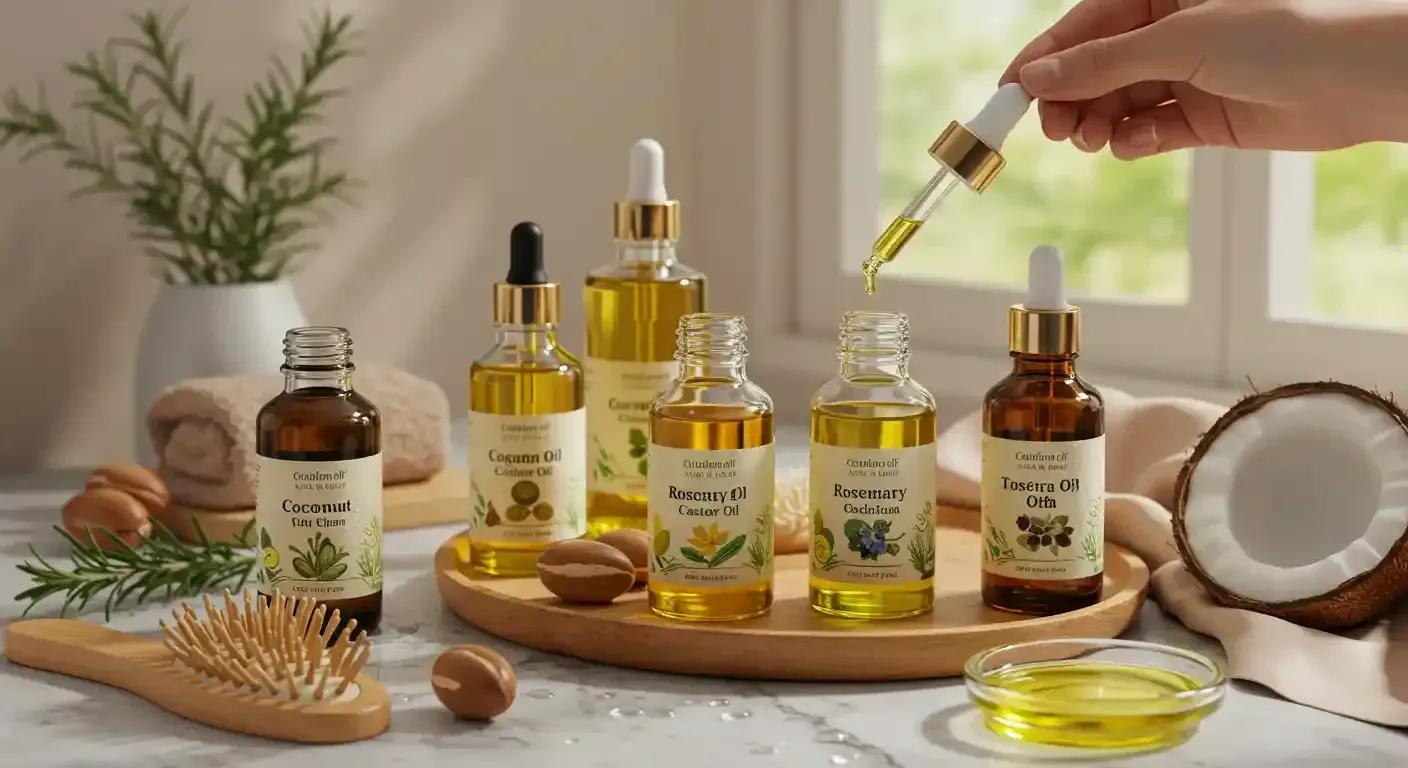Retinal vs Retinol: The Differences and Benefits
Table of Contents
Are you confused about retinal and retinol? You’re not alone!
These two powerhouse ingredients are often mentioned in the skincare world, but they serve different purposes and have unique benefits. In this article, we’ll dive deep into what sets them apart, how they work, and which one might be the best fit for your skin.
Did you know that retinol has been used in skincare since the 1970s, while retinal is a newer, more potent derivative? Let’s explore these ingredients and help you make an informed decision for your skincare routine!
What is Retinol?
Retinol, a derivative of vitamin A, is a transformative skincare marvel with roots tracing back to the early 20th century.
Extracted from animal sources like fish liver oil and egg yolks, this potent ingredient has revolutionized the beauty industry, much like Botox injections did back in the 90's.
Its journey from discovery to a skincare staple highlights its unparalleled efficacy in addressing multiple skin concerns.
How Retinol Works in the Skin
Retinol’s magic begins once it touches your skin. It dives deep into the epidermis, where it converts into retinoic acid.
This conversion sparks a frenzy of cellular activity, accelerating cell turnover, shedding old, dull skin, and revealing fresh, new layers beneath.
This process not only diminishes wrinkles and fine lines but also tackles hyperpigmentation and uneven skin tone with remarkable precision.
Common Uses in Skincare
From serums to night creams, retinol is a star player in the skincare game. It’s a multitasker, addressing everything from stubborn acne to the first signs of aging.
Retinol-infused products are a must-have in any anti-aging skincare arsenal, making it a favorite among dermatologists and skincare aficionados.
Benefits of Using Retinol
The benefits? Oh, they’re plentiful.
Retinol supercharges collagen production, smoothing out those pesky fine lines and wrinkles. It’s a pore-clearing champion, making it a savior for acne-prone skin.
And let’s not forget its prowess in improving skin texture and brightening your complexion, leaving you with that coveted radiant glow.
Potential Side Effects and Precautions
But, hold on! Retinol isn’t all sunshine and rainbows.
It comes with a few caveats. Expect some redness, dryness, and peeling, especially when you’re just starting out.
To avoid looking like a shedding snake, start with a low concentration and ease into it. And, sunscreen is non-negotiable—retinol can make your skin more vulnerable to UV damage.
What is Retinal?
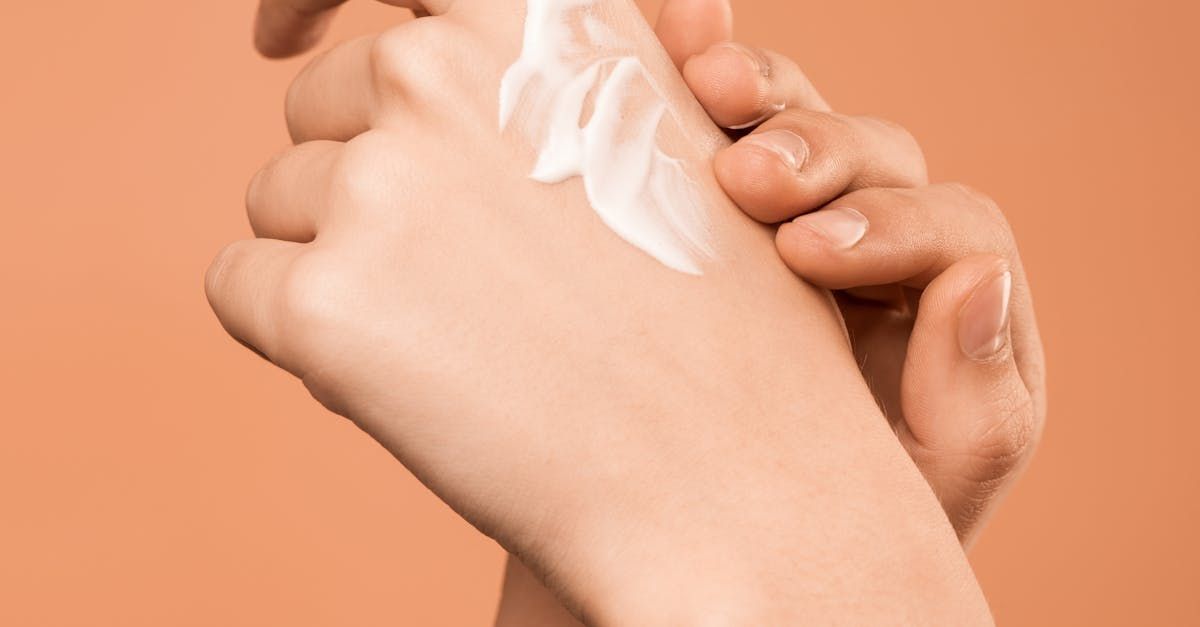
Retinal, or retinaldehyde, is a potent derivative of vitamin A, celebrated for its powerful anti-aging and skin-renewing properties.
Hailing from the same vitamin A family as retinol, retinaldehyde boasts a unique profile that sets it apart. Historically used in medical settings, it has found its way into the world of skincare, revolutionizing the way we approach anti-aging and acne treatment.
How Retinal Works in the Skin
When you apply retinal to your skin, it converts directly into retinoic acid, the active form that works wonders on your complexion. This process is faster than retinol’s conversion, making retinal a more efficient option.
Retinal accelerates cell turnover, helping to shed dead skin cells and stimulate the production of new ones. This leads to a reduction in fine lines, improved skin texture, and a brighter, more even complexion.
Differences Between Retinal and Retinol at a Chemical Level
At a chemical level, the key difference between retinal and retinol lies in their conversion pathways. Retinol must first convert to retinaldehyde before becoming retinoic acid, while retinaldehyde skips this step, converting directly to retinoic acid.
This makes retinaldehyde more potent and faster-acting than retinol, offering quicker results with potentially fewer irritations.
Benefits of Using Retinal
Retinaldehyde is a skincare superhero. It offers all the benefits of retinol but works faster and often with less irritation. It boosts collagen production, reducing the appearance of fine lines and wrinkles.
It also fights acne by keeping pores clear and reducing inflammation. Additionally, retinal can improve skin tone, diminish hyperpigmentation, and enhance overall skin radiance.
Potential Side Effects and Precautions
While retinal is generally well-tolerated, it can still cause some side effects, especially for sensitive skin types. Redness, dryness, and peeling are common when you first start using it.
To minimize these effects, introduce retinal gradually into your skincare routine and always use a moisturizer to keep your skin hydrated. And don’t forget sunscreen—retinal can make your skin more sensitive to the sun, increasing the risk of sunburn.
Retinal vs Retinol: Key Differences
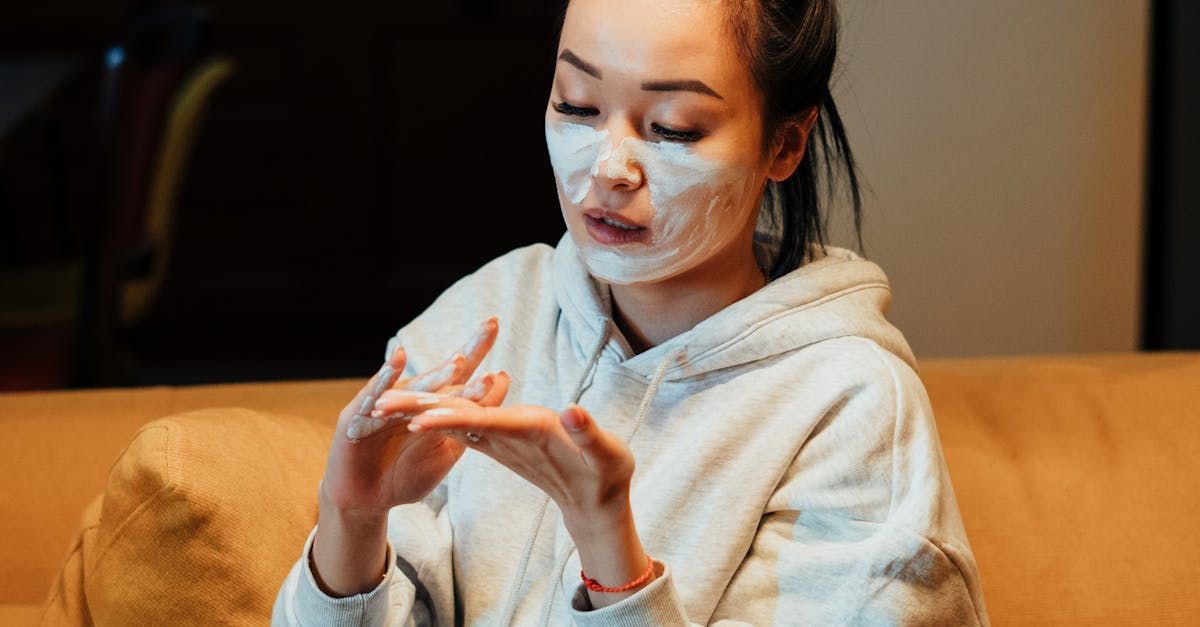
Potency and Effectiveness
When it comes to potency, retinaldehyde takes the crown. Retinal is one step closer to retinoic acid, the active form that your skin uses to boost cell turnover and collagen production.
This means retinal works faster and more efficiently than retinol, making it a powerhouse in the anti-aging skincare realm.
Retinol, while effective, needs to undergo a two-step conversion process in the skin, which slightly diminishes its potency compared to retinal.
Speed of Results
If you’re looking for quick results, retinal is your go-to. Thanks to its higher potency, retinal delivers noticeable improvements in skin texture, tone, and fine lines more swiftly than retinol.
While retinol is still a fantastic option, it may take a bit longer to see the same level of results. Patience is key with retinol, but the results are worth the wait!
Stability and Formulation Differences
Stability is a crucial factor in the effectiveness of these ingredients. Retinol is notorious for its sensitivity to light and air, which can degrade its efficacy. This is why retinol products often come in opaque, air-tight packaging.
Retinal, on the other hand, is slightly more stable, but it still requires proper packaging to maintain its potency. Formulations for both often include stabilizers and antioxidants to enhance their shelf life.
Skin Types Best Suited for Each
Retinal is generally more suitable for those with resilient skin looking for faster, more dramatic results. It’s excellent for tackling advanced signs of aging and stubborn acne.
Retinol, with its slightly milder action, is better suited for beginners or those with sensitive skin. It’s a gentler introduction to the world of retinoids, reducing the risk of irritation and peeling while still offering significant anti-aging benefits.
Price and Availability
When it comes to cost, retinal products tend to be pricier due to their higher potency and advanced formulation.
Retinol, being more established and widely available, is often more affordable and can be found in a broader range of over-the-counter products.
Both options are available in various formulations, from serums to creams, catering to different skincare needs and budgets.
Benefits of Retinoids in Skincare
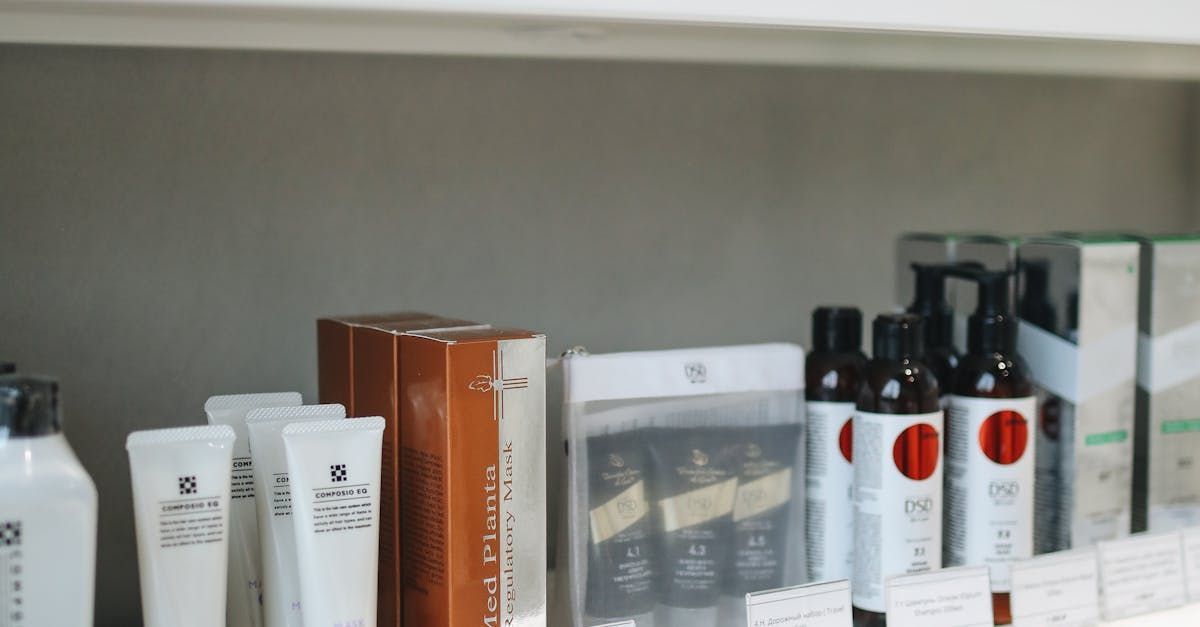
Anti-Aging Properties
Retinoids are the gold standard in anti-aging skincare. Derived from vitamin A, these compounds—like retinol and retinaldehyde—boost collagen production, which helps to reduce the appearance of fine lines and wrinkles.
By speeding up cell turnover, retinoids reveal fresher, younger-looking skin. This process also thickens the dermis, improving skin firmness and elasticity. It’s like turning back the clock on your complexion!
Acne Treatment
Struggling with acne? Retinoids can be your best ally. They work by unclogging pores, which prevents the formation of new pimples and blackheads. Retinoids also reduce inflammation, making existing breakouts less angry and red.
For those battling persistent acne, incorporating retinoids like retinol or prescription-strength retinoic acid into your routine can make a significant difference, leading to clearer, smoother skin.
Skin Texture Improvement
Bumpy, uneven skin texture is no match for retinoids. These powerful ingredients promote the shedding of dead skin cells, smoothing out rough patches and minimizing the appearance of pores.
Over time, regular use of retinoid products, such as retinol serums and retinal creams, results in a more refined and polished complexion. It’s your go-to for that silky-smooth skin feel.
Pigmentation Reduction
Hyperpigmentation and dark spots can be particularly stubborn, but retinoids are up to the challenge. By accelerating cell turnover, retinoids help fade discoloration and even out skin tone.
Whether it’s sun spots, post-inflammatory hyperpigmentation from acne, or melasma, incorporating a retinoid into your skincare routine can significantly lighten these dark areas. Retinaldehyde, in particular, is effective for pigmentation issues due to its potent yet gentle nature.
Overall Skin Health
Retinoids do more than just target specific skin concerns; they enhance overall skin health. By promoting cell turnover, they help maintain a healthy, functional skin barrier.
This means better hydration, less flakiness, and improved resilience against environmental stressors. With regular use, retinoids can leave your skin looking vibrant, balanced, and youthful.
How to Choose Between Retinal and Retinol
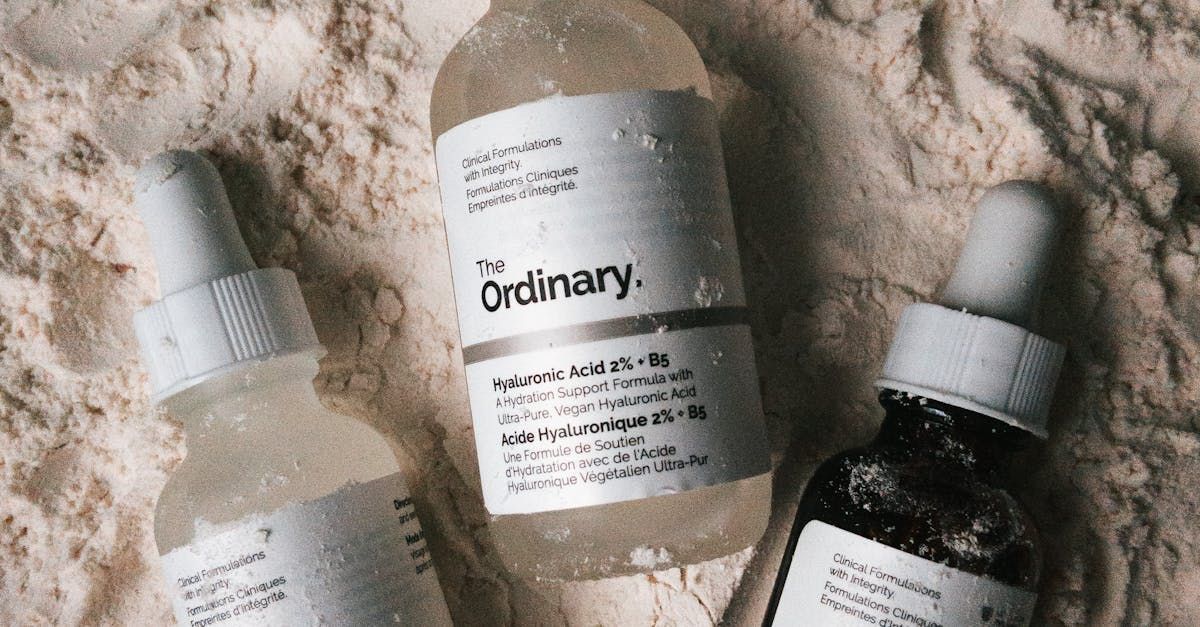
Starting in the world of skincare can be overwhelming, especially when deciding between powerhouse ingredients like retinal and retinol.
Both offer fantastic benefits, but how do you choose the right one for your skin? Let’s break it down!
Assessing Your Skin Concerns
Start by identifying your primary skin concerns. Are you battling fine lines and wrinkles, or is acne your main nemesis?
Retinaldehyde, known for its quick conversion to retinoic acid, is excellent for more pronounced aging signs and stubborn acne.
On the other hand, retinol is a great all-rounder, suitable for those who are new to retinoids or have milder skin issues.
Consulting with a Dermatologist
Before diving into the world of retinoids, a chat with your dermatologist is a wise move. They can assess your skin type and concerns, providing personalized advice.
Whether you’re leaning towards over-the-counter retinol products or considering prescription retinoids, professional guidance ensures you’re on the right track.
Starting with the Right Concentration
Jumping straight into high-potency products can be a recipe for irritation.
If you’re a newbie, start with a lower concentration of retinol, like 0.25% or 0.5%. Gradually increase the strength as your skin builds tolerance. For those with more resilient skin or specific concerns, retinal creams with a higher concentration might be more suitable.
Tips for Incorporating into Your Skincare Routine
Incorporating retinoids into your routine doesn’t have to be daunting.
- Begin by applying a pea-sized amount once or twice a week, slowly increasing the frequency as your skin adjusts.
- Always follow with a moisturizer to combat potential dryness and irritation.
- And remember, sunscreen is non-negotiable—retinoids can make your skin more sensitive to the sun.
Combining Retinoids with Other Skincare Ingredients
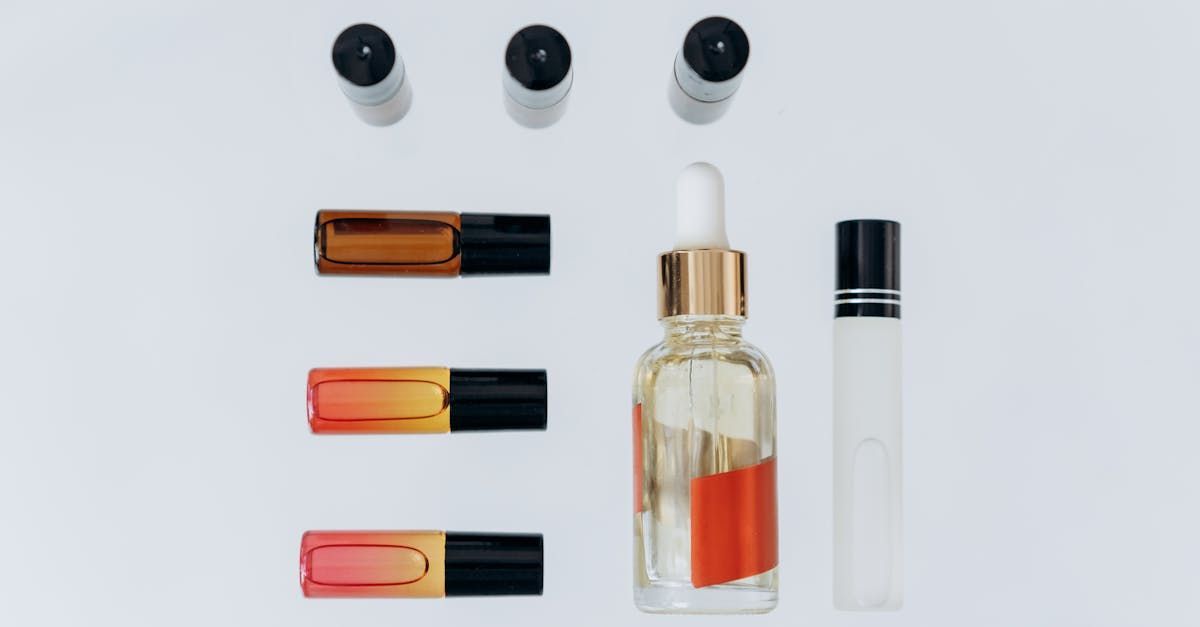
Safe Combinations and Layering Techniques
Retinoids, whether you prefer retinaldehyde or retinol, can work wonders when combined correctly with other ingredients.
For hydration, pair retinoids with hyaluronic acid. Apply your retinoid first, let it absorb, and then layer on the hyaluronic acid to lock in moisture.
Niacinamide is another retinoid-friendly ally, helping to soothe and strengthen the skin barrier while reducing irritation. It’s best to apply niacinamide before your retinoid or mixed into your moisturizer.
Ingredients to Avoid When Using Retinoids
While retinoids are versatile, some ingredients don’t play well with them. Avoid combining retinoids with other potent actives like benzoyl peroxide and alpha hydroxy acids (AHAs).
These can increase the risk of irritation and counteract the benefits of retinoids. Vitamin C can be tricky too; it’s often best to use it in your morning routine and save the retinoid for nighttime to avoid potential conflicts and maximize benefits.
Enhancing the Effectiveness of Retinoids
To get the most out of your retinoid, consider integrating peptides into your routine. Peptides support skin repair and enhance the anti-aging effects of retinoids.
Another tip is to ensure your skin is properly exfoliated. Gentle exfoliation a couple of times a week can help retinoids penetrate better, but steer clear of harsh scrubs that can irritate.
Suggested Skincare Routines
Here’s a simple yet effective skincare routine to get you started with retinoids:
Morning Routine:
- Cleanser
- Vitamin C serum
- Hyaluronic acid
- Moisturizer with niacinamide
- Sunscreen
Evening Routine:
- Cleanser
- Hydrating toner (optional)
- Retinol serum or retinal cream
- Peptide serum
- Moisturizer with niacinamide
Conclusion
Choosing between retinal and retinol can be a game-changer for your skincare routine. By understanding their differences, benefits, and how to incorporate them into your regimen, you can achieve healthier, more radiant skin.
Ready to take your skincare to the next level? Start exploring products with these powerful ingredients and consult with your dermatologist for personalized advice!
Frequently Asked Questions
What is the difference between retinal and retinol?
Retinal, or retinaldehyde, converts to retinoic acid faster than retinol, making it more potent and effective for quicker results.
Retinol requires an additional conversion step in the skin, making it milder and more suitable for beginners.
What are the benefits of using retinoids?
They reduce fine lines and wrinkles, treat acne, improve skin texture, and reduce pigmentation.
Related Posts
Disclaimer: The content provided in this blog post is for informational purposes only and is not intended as a substitute for professional medical advice, diagnosis, or treatment. Always seek the advice of your physician or other qualified health provider with any questions you may have regarding a medical condition. Never disregard professional medical advice or delay in seeking it because of something you have read on this blog.

